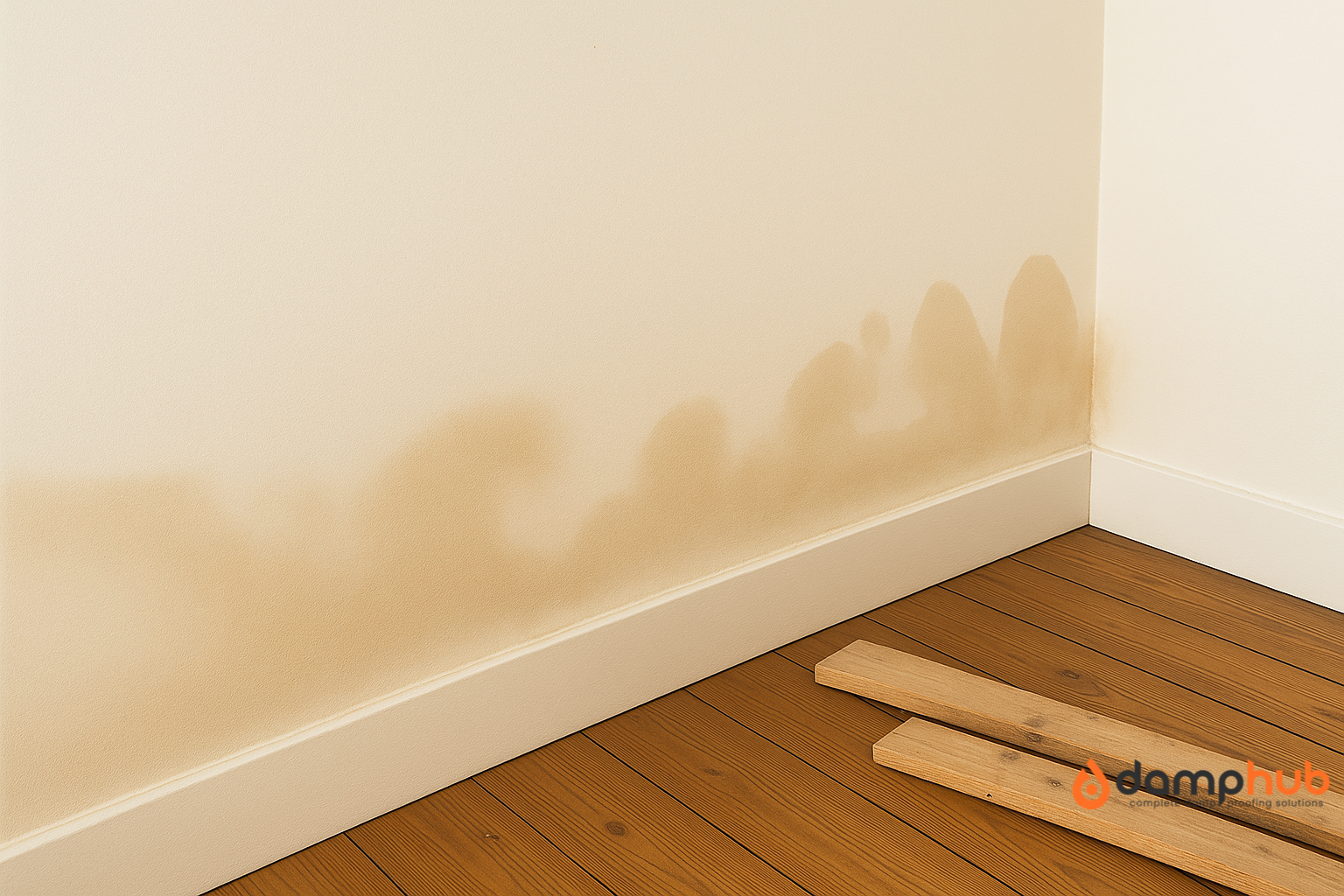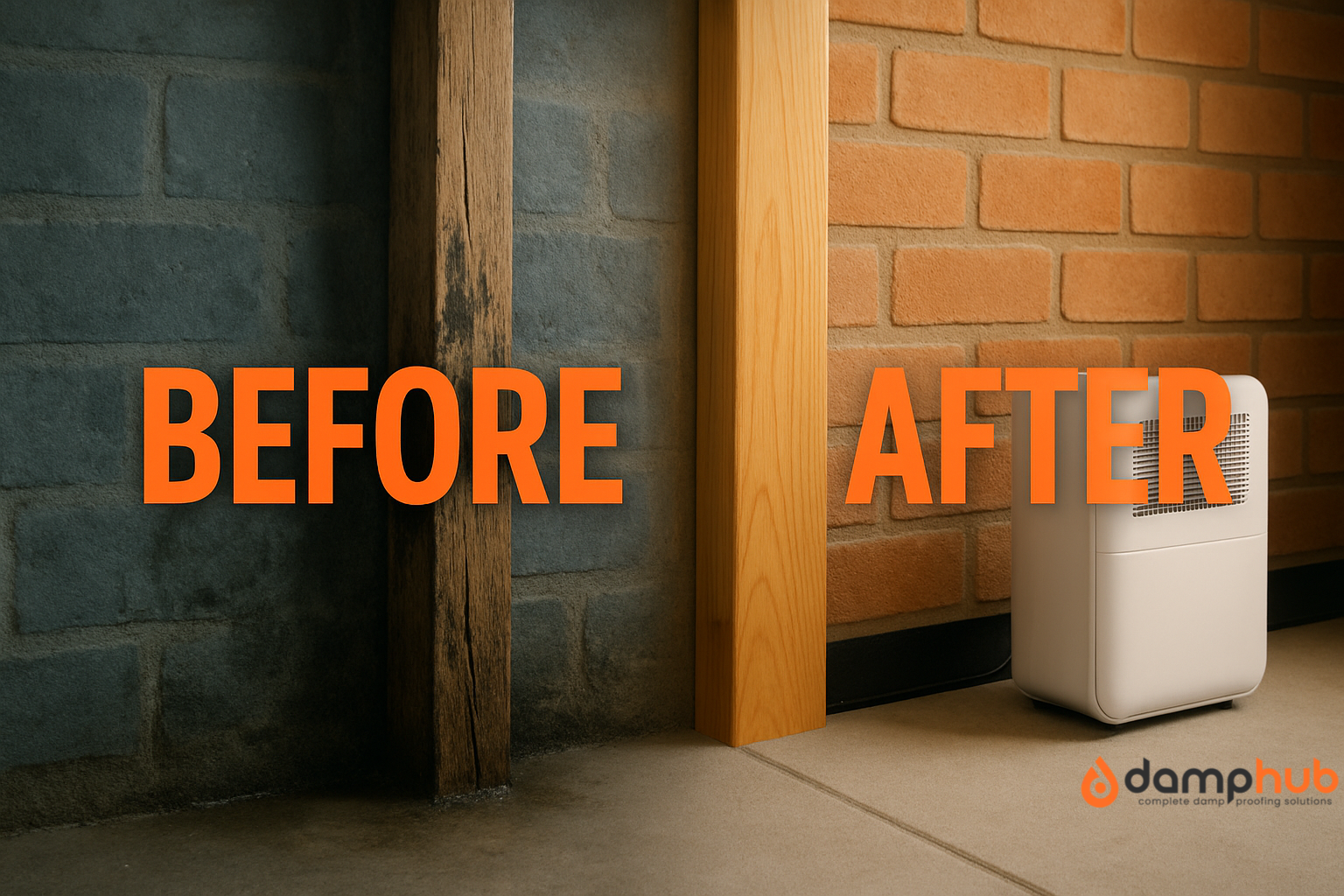
You were just on your daily chores when you discovered damage to your upholstered furniture, carpets, or even rugs.
You’re sure the last time you checked, everything was fine — no loose threads, no thinning spots, no signs of wear.
But now? There’s fraying along the edges, odd patches you don’t remember seeing, and a few fibres coming loose for no clear reason.
Now you’re wondering what’s going on, and probably, that’s what brought you here.
Well, relax. We know the usual suspect — we’ve seen the same thing more times than we can count.
We’re talking about black carpet beetles. Heard of them before? Doesn’t matter.
We’ll walk you through everything — what they are, how to know for sure it’s them, and what you can do to get rid of carpet beetles properly.
Just one thing: read carefully to the end, and if anything’s unclear or you need more help, drop your questions in the comments below. We’ve got you.
What Are Black Carpet Beetles?
Black carpet beetles (Attagenus unicolor) are a common household pest across the UK. Despite their name, they don’t limit themselves to just carpets. Any quiet, warm spot with natural fibres will do.
They belong to the dermestid beetle family — the same one that includes varied and furniture carpet beetles — but black carpet beetles look and behave a little differently.
- Adults: Small, oval, shiny, and dark brown or black. Roughly 3–5 mm long.
- Larvae: Brown, slightly hairy, shaped like a carrot. Often bigger than the adults — up to 8 mm — and much more destructive.
The adults are mostly harmless and prefer pollen. They often fly indoors from the garden. But the larvae? They settle in and eat.
👉 Must Read: Carpet Beetles: Identification, Prevention & Treatment Guide
What Do Black Carpet Beetles Look Like?
You’ll usually notice either the adults near windows or the larvae tucked away somewhere you don’t normally look.
👉 Read more from us: How to Treat Carpet Beetle Rash
Adults
- Oval and dome-like
- Solid black or very dark brown
- Roughly sesame seed–sized
- Often seen by windows, trying to get out
Larvae
- Long, brown, fuzzy
- Tapered at the back (like a carrot)
- They moult — you’ll often find empty, dry skins around the house
Still unsure? Focus on finding the larvae. They’re the troublemakers.

Adult Beetles vs Larvae — Key Differences
| Feature | Adult Beetles | Larvae |
|---|---|---|
| Shape | Oval, dome-like | Long and tapered (carrot-shaped) |
| Colour | Solid black or very dark brown | Brown and fuzzy |
| Size | Small — about the size of a sesame seed | Larger than adults — up to 8 mm |
| Where Found | Near windows, often trying to get out | Hidden areas — under furniture, in carpets |
| Behaviour | Mostly harmless — feed on pollen | Destructive — feed on natural fibres |
| Signs | Live beetles near light | Moulted skins and fabric damage |
Where Do Black Carpet Beetles Come From?
They’re resourceful. And determined.
They can get in:
- Through open windows and vents
- Hidden in second-hand clothes or furniture
- Inside old insulation or bird nests near the loft
- In storage boxes filled with blankets or old jumpers
Once in, they don’t need much. A quiet spot with some natural fibres, pet hair, or skin flakes — and they’ll settle in.
How Do You Know If You Have Black Carpet Beetles?
They don’t make noise. They don’t fly around much. And they’re rarely seen out in the open.
But they leave a trail:
Signs of a Black Carpet Beetle Infestation
- Worn patches on wool carpets or rugs
- Tiny holes in your jumpers or scarves
- Shed larval skins along carpet edges or under furniture
- Gritty brown droppings (like ground pepper)
- Live beetles trapped near window sills
Moths tend to make neat holes. Beetles are messier — you’ll notice fraying and rough edges.

How to Get Rid of Black Carpet Beetles for Good
Here’s the thing — you can’t just spray once and hope for the best. The eggs hatch in batches. You need a plan and a bit of commitment.
Let’s break it down.
1. Kill with Heat
High temperatures are lethal to eggs and larvae.
- Steam clean carpets, mattresses, curtains, and upholstery
- Wash clothes at 60°C or higher (check fabric labels)
- Tumble dry or iron items on a high heat setting
2. Use a Targeted Insecticide
Don’t just grab any bug spray. Most are for flying insects — useless here.
Look for:
- Ingredients like permethrin, deltamethrin, or cypermethrin
- Labels that say “kills eggs, larvae, and adults”
- Fabric-safe sprays — always patch-test first
Spray hidden areas: baseboards, under rugs, around wardrobes, and inside floor cracks. And don’t stop after one round — reapply every two weeks for at least six weeks.
3. Try Natural Alternatives
Prefer to go chemical-free? It can be done — but expect to work harder.
- Diatomaceous earth: A fine powder that dries bugs out. Sprinkle under furniture, along floor edges, and in cracks. Leave 48 hours, then vacuum.
- Vinegar spray: Mix 50/50 with water. Great for wiping shelves, drawers, and baseboards.
- Essential oils: Peppermint and clove repel adults. Add them to your vinegar spray or place soaked cotton balls in wardrobes.
Natural doesn’t mean less effective — just less forgiving. Keep at it.
How to Clean After a Beetle Infestation
This is where you win or lose. If you don’t clean properly, they’ll be back.
Vacuum Like You Mean It
- Use a vacuum with a HEPA filter
- Go slow — along skirting boards, behind radiators, under sofas
- Vacuum inside drawers, wardrobes, and air vents
- Empty the vacuum right away into a sealed bin bag, then take it outside
Sort Out the Laundry
- Wash everything stored near the infestation
- Use bio detergent — the enzymes help break down natural materials
- Sun-dry or tumble dry on high
- Store clean clothes in sealed bins or vacuum bags
Read more from us: What Is Woolly Bear Carpet Beetle?
What Attracts Black Carpet Beetles to Your Home?
They’re not drawn to filth. They’re drawn to fibres.
What pulls them in:
- Wool, silk, fur, and leather
- Pet hair, feathers, crumbs, and dead skin
- Loft insulation or old bird nests
- Stored fabrics, cluttered corners, and undisturbed shelves
Keep things clean, dry, and well-ventilated — that makes life harder for them.

When Should You Call a Professional?
If you’ve cleaned, steamed, and sprayed — and they’re still showing up? It might be time to bring in the pros.
Want to know more? 👉 What Is a Varied Carpet Beetle?
You probably need help if:
- Larvae keep returning despite multiple treatments
- You find signs in more than one room
- You have valuable fabrics or antiques at risk
Professional treatments include:
- Insecticidal fogging or full-property spray
- Textile-safe fumigation
- Monitoring traps and return visits
Final Word
Black carpet beetles don’t move fast, but they do a lot of damage over time. By the time you notice them, they’ve usually been there for weeks — maybe longer.
The key is persistence. It takes heat, sprays, deep cleaning, and follow-up. And maybe a bit of swearing.
But you can win.
Shine that torch into corners. Strip your wardrobes. Get steaming. And don’t stop after one weekend. That’s how you get rid of them for good.
Next Up: Want to make sure they never come back? Check out our complete guide on how to prevent carpet beetle infestation.
FAQs
How do you get rid of carpet beetles with baking soda?
Baking soda doesn’t kill carpet beetles outright, but it can help dry out larvae and eggs if you sprinkle it into carpets or cracks where they’re hiding.
Leave it down overnight, then vacuum thoroughly. It’s more of a gentle extra, not a full treatment. For serious infestations, you’ll need something stronger.
How do I find the source of carpet beetles?
Start by checking the quiet, forgotten corners — under furniture, inside wardrobes, around skirting boards, or behind radiators.
Look for signs like shed larval skins, tiny brown beetles near windows, or holes in fabrics.
If you keep finding them in the same room, the source is likely nearby, often in stored textiles, bird nests in the loft, or even an old wool jumper at the bottom of a drawer.
How do I know if it’s a carpet beetle?
Carpet beetles are tiny, often just a few millimetres long. The adult ones look like small, oval ladybirds with mottled brown, white, and black markings.
The larvae (the ones that do the damage) are hairy and brown with striped bodies. If you’re seeing small beetles near windows or finding odd holes in natural fabrics, that’s a big clue.
You might also notice little shed skins where the larvae have been feeding.
What to do if bitten by a beetle?
Carpet beetles don’t actually bite — but their larvae can leave itchy, rash-like bumps when their hairs touch your skin.
If you’ve reacted, wash the area gently with soap and water, then try an over-the-counter antihistamine or calming cream like hydrocortisone.
If it gets worse or spreads, speak to a pharmacist or GP just to be safe. Our other guide👉 How to Prevent Carpet Beetle Bites?
How to get rid of bug bites overnight?
There’s no instant fix, but you can reduce the itch and inflammation so it’s easier to sleep.
Clean the area, apply a cold compress, and use an antihistamine or bite relief cream. Calamine lotion or aloe vera gel can also help calm things down.
If you’re still scratching all night, ask your chemist for something a bit stronger.
How to get carpet beetles out of your clothes?
Wash anything affected at 60°C if the fabric allows — heat kills the larvae and eggs. For delicate items, try freezing them in a sealed bag for 72 hours.
After that, vacuum drawers, wardrobes, and carpets around where the clothes were stored.
And if possible, store vulnerable fabrics in sealed plastic boxes until you’re sure the beetles are gone.






